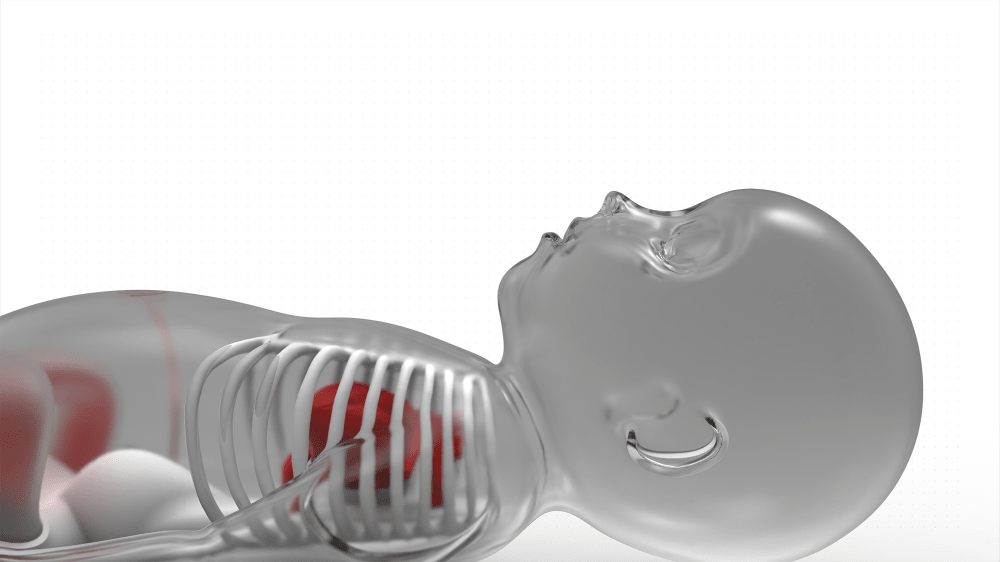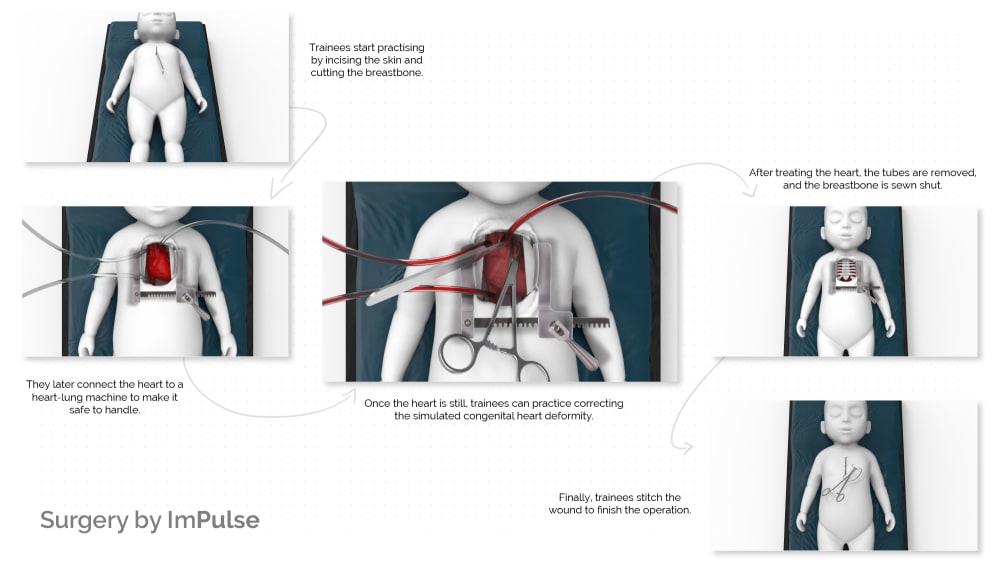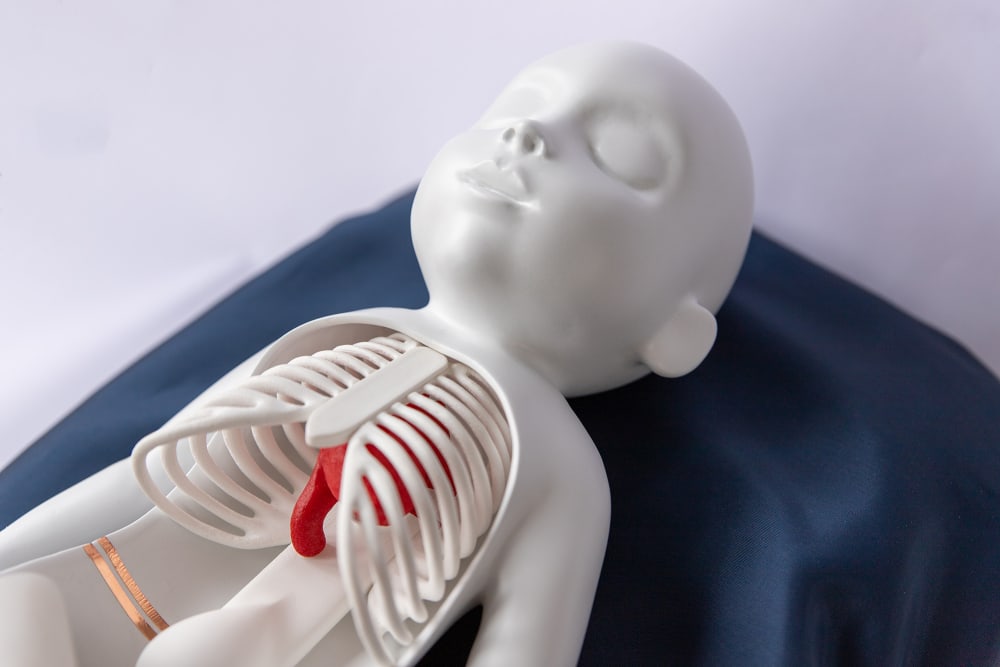Congenital heart diseases are the most common form of birth deformities that require surgical intervention. Given the nature of infants, pediatric cardiac surgeons need to master their craft and develop advanced psychomotor skills to save such delicate yet complex organs. However, with its opportunity-based education, the current paradigm of surgical training programs fail to provide trainees with adequate chances to develop those skills. Furthermore, existing training programs are not feasible to implement in politically and economically constrained areas, making it impossible to establish highly specialised and well-trained local surgical teams.
ImPulse aims to incorporate an easy-to-implement surgical training module [Janān] into pediatric cardiac surgery training programs by utilising digital imaging and 3D printing technologies. Operating on Janān enhances surgical trainees’ psychomotor skills in a consistent and meaningful way, thus eliminating the reliance on low-risk patient cases for hands-on training. Trainees can then develop their skills on demand rather than when the opportunity arises. This is especially advantageous during times such as the pandemic, where practicing on live patients is very difficult.
Unlike traditional ways of training, trainees can repeatedly practice congenital heart surgery from start to finish with Janān, giving them familiarity and confidence with all steps of the operation. For instance, trainees can cut open and stitch the chest and breastbone, connect the heart to a heart-lung machine (the basis of every open-heart surgery), and perform corrective surgery on the same module.
I 3D printed the heart modules in a flexible material that mimics the haptics of natural tissue, which can be cut and stitched like natural hearts. Additionally, it is possible to 3D print heart modules based on a specific patient's CT scans, allowing surgeons to practice novel procedures that would otherwise pose a significant risk to live patients.
Finally, I designed Janān to be entirely 3D printable to make it possible to create high-fidelity and high-resolution simulation training modules in economically and politically constrained areas such as the Gaza Strip. I plan to clinically test Janān with my cardiac surgeon contacts in Germany and Tel-Aviv before sending the 3D files to constrained areas. In addition, all design files will be freely published to help surgical trainees worldwide develop their skills.
Video
Like this entry?
-
About the Entrant
- Name:Bashar Zapen
- Type of entry:individual
- Software used for this entry:Meshmixer, Blender, Fusion 360
- Patent status:none








